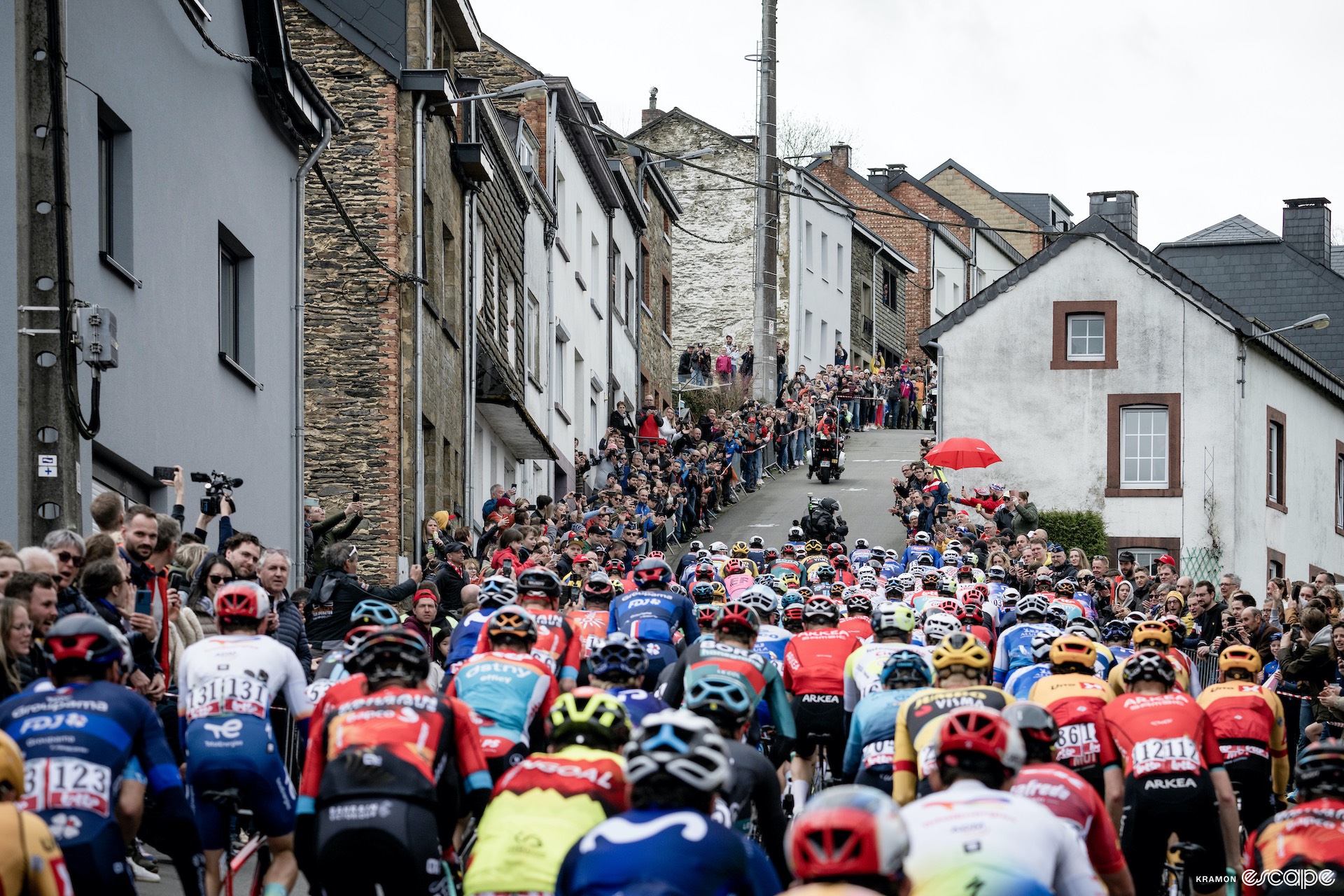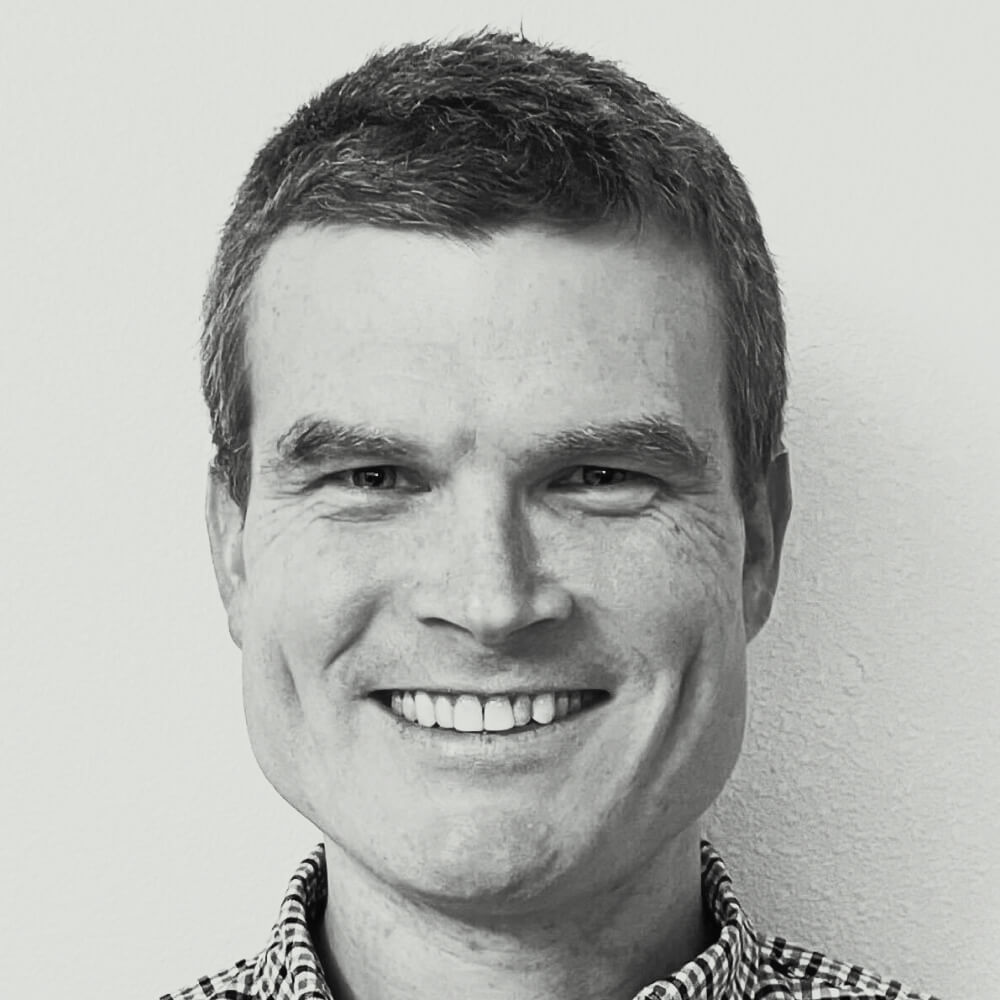As that magical stretch of one-day racing that we call the Spring Classics nears its conclusion, big names from both the men’s and women’s pelotons are gearing up for the season’s fourth Monument – and the last one until October – in Belgium’s French-speaking Wallonia region. On Sunday, riders will take on Liège-Bastogne-Liège, the oldest of all the Monuments and the capstone of Ardennes week.
On the men’s side, the hilly Classic will offer a much-appreciated chance to Mathieu van der Poel and former winner Tadej Pogačar both in action in the same race, which has only happened once so far this year. Those two superstars and a few other likely contenders should put on a show.
For everything you need to know about the women’s race, check out Abby Mickey’s preview. For everything you need to know about the men’s race, read on …
The route
The fourth Monument of the season is true to its name in 2024, starting in Liège and heading south through forests to Bastogne before turning back towards Liège and a meandering trip over some challenging climbs. Organizers have made a habit of tweaking the course at Liège-Bastogne-Liège recently, but the pinch points of this year’s route look to be the same as last year’s, so fans should be familiar with most of the climbs on tap here.
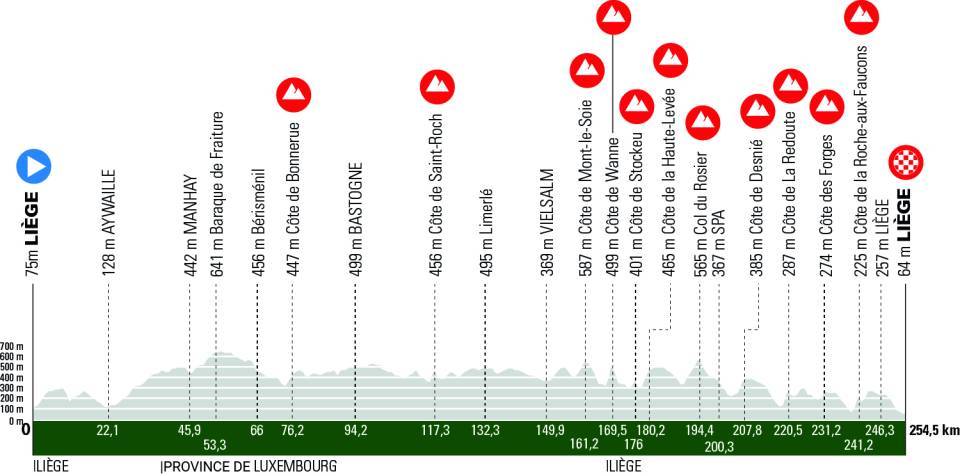
The undulating route contains 11 officially named climbs (and several more unofficial lumps), and nine of those 11 appear in the second half of the race, on the approach back to Liège. Past performances would suggest that six-climb stretch from the Côte de Mont-le-Soie through the Côte de Desnié will soften up the legs as riders enter the final 45 km of the race, and then the short but very steep Côte de La Redoute (1.6 km in length at over 9 percent) could bring the favorites to the fore. Remco Evenepoel, who isn’t racing this year after getting hurt at the Itzulia Basque Country, made his winning move there last year.
An unofficial spur follows La Redoute and then comes to Côte des Forges (1.3 km at 7.8 percent), which tops out just over 23 km from the finish, which feels more than close enough for a winning attack in the 2024 racing environment. That said, riders must still take on the punishing Côte de la Roche-aux-Faucons (1.3 km at 11 percent) and then an undulating final 13 km before the finish line in Liège.

When to watch
The men’s peloton at Liège-Bastogne-Liège will roll out at 10:10 am local time (4:10 am ET/9:10 am BST/6:10 pm AEST). The climbs will come fast and furious from the Côte de Mont-le-Soie onward, and it’s probably best to tune in by the time the riders hit the Col du Rosier with around 60 km to go at roughly 3:00 pm local time (9:00 am ET/2:00 pm BST/11:00 pm AEST). The race is supposedly set to finish at around 4:30 pm local time (10:30 am ET/3:30 pm BST/12:30 am AEST), though given how fast most races have been lately, it could be a bit earlier than that.
The stars and the storylines
⭐⭐⭐⭐⭐: Tadej Pogačar
⭐⭐⭐⭐: Mathieu van der Poel, Tom Pidcock
⭐⭐⭐: Marc Hirschi, Tiesj Benoot, Stephen Williams
⭐⭐: Simon Yates, Mattias Skjelmose, Ben Healy, Michael Matthews, Benoît Cosnefroy
⭐: Paul Lapeira, Kévin Vaquelin, Romain Grégoire, Santiago Buitrago, Alexey Lutsenko, Richard Carapaz, Dylan Teuns, Toms Skujiņš, Aleksandr Vlasov
What kind of form does Tadej Pogačar have after nearly a month away from racing?
The climber-friendly route of Liège is tailor-made to Pogačar’s skillset, and it’s somewhat surprising that he hasn’t won more than just the one time in 2021, although it was of course at Liège last year where he crashed and broke his wrist. In any case, if he is bringing form to the start line, it’s hard to see past him as an obvious favorite. Who can really follow him on the steep stuff if he launches a long-range attack?
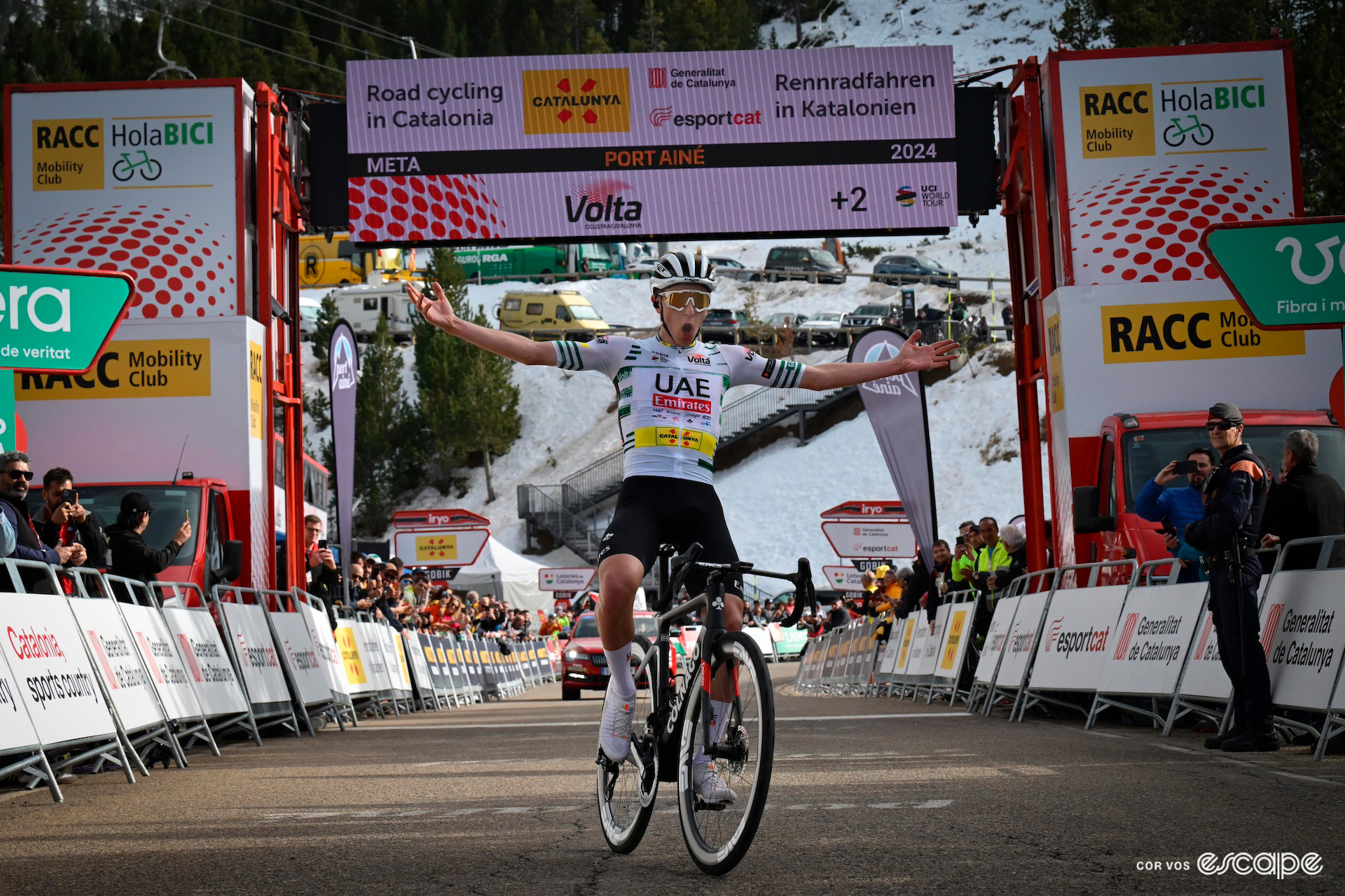
The form is at least sort of a question mark simply because we haven’t seen him race since the Volta a Catalunya, which he dominated, in mid-March. It’s not a huge question mark because Pogačar is rarely out of form, but there is at least a chance that he is waiting to hit a peak for the upcoming Giro d’Italia.
Can Mathieu van der Poel really get up and over all of these climbs?
The other main obstacle that could stand in Pogačar’s way is Van der Poel, who has been truly dominant so far this year on his favored terrain. The sticking point for Van der Poel is that this isn’t really his favored terrain. As talented as he is, Van der Poel is better suited to the cobbles and climbs in Flanders and northern France than a punchy hill like La Redoute, where his 75 kg put him at a disadvantage to the Pogačars and Pidcocks of the peloton. What’s more, he has to be at least starting to feel the effects of going so hard for about a month of Classics racing now.

For all of that, he is still Mathieu van der Poel, and he rode to sixth at Liège in his debut appearance back in 2020. Following the stronger climbers on the steepest sections of the the final few climbs could be hard, but each of those climbs also leads into a descent, and this isn’t La Flèche Wallonne: the race doesn’t finish at the top of a hill. With that in mind, Van der Poel could be considering another long-range strike, or he could opt to follow the moves knowing that it will be very hard to drop him for good before the flat finish in Liège.
Can Tom Pidcock deliver an Amstel encore?
Tom Pidcock’s road career to this point has been highlighted by flashes of brilliance, with his Amstel victory last Sunday serving as the latest example, but consistent dominance in the biggest races has eluded him so far. He is still hunting for that first Monument win and was second here last year to a dominant Evenepoel.

Liège will give him a legitimate chance to take that next step, if he can manage to leave the rest of the field behind on one of the late climbs (or the descents). Despite his strong showing in a fast finish at Amstel, Pidcock probably won’t want to rely on his finishing kick against his rivals in Liège, so look for him to try something on La Redoute or shortly thereafter. He is one of the few riders on the start list who has a real chance at actually making that happen. Pogačar and Van der Poel can’t afford to let him go, but they might also be more worried about each other, and that would be to Pidcock’s benefit.
Can any of the other favorites hold the wheel of the aforementioned few?
It must be said that it would be a bit of a surprise to see anyone else on the top step of the podium ahead of the first few names on our list. Pogačar and Van der Poel in particular have both won almost everything they’ve tried to win this year.
Trying to stick with Pogačar seems like a tall order for anyone, but at least Marc Hirschi might get a chance to play foil to his teammate. Maybe. The other notables on the list of favorites who are not teammates of Tadej Pogačar, including Flèche winner Stephen Williams (Israel-Premier Tech), Tiesj Benoot (Visma-Lease a Bike), Ben Healy (EF Education-EasyPost), Mattias Skjelmose (Lidl-Trek), Simon Yates (Jayco-AlUla), and Maxim Van Gils (Lotto Dstny), also seem like serious outsiders.
Can an up-and-comer make a name for himself with a sneaky long-range strike?
The field’s best chance to outfox Van der Poel and Pogačar could be with a roll of the dice from afar, and the riders best positioned to do that are those who will enter the race still flying under-the-radar or as second or third cards to play for their teams.
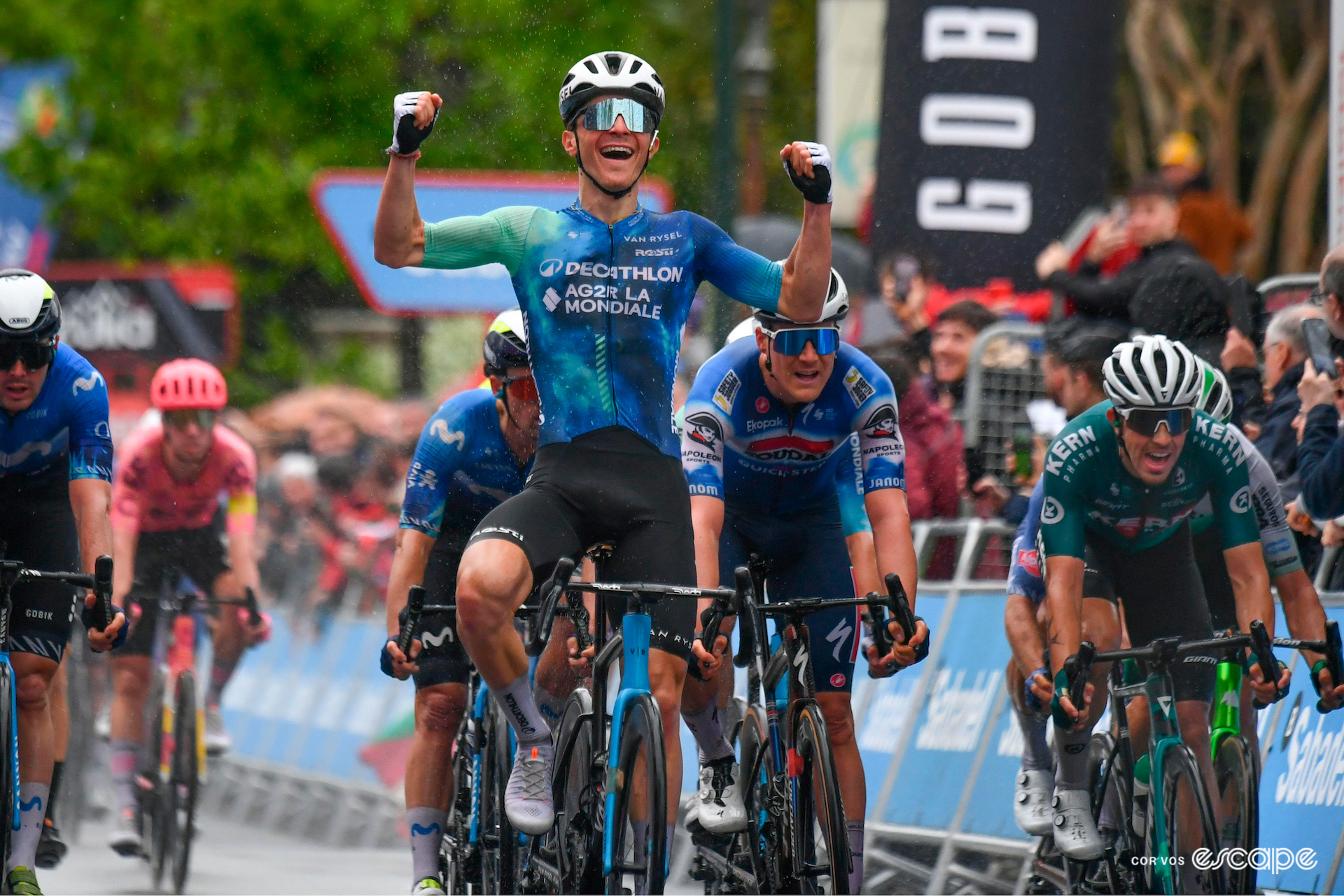
Romain Grégoire is rapidly evolving beyond up-and-comer status and he did just ride to a top 10 at La Flèche Wallonne, but the 21-year-old Frenchman is definitely one to watch at Liège. Ditto for Kévin Vauquelin (Arkéa-Samsic), who blew his cover with a runner-up ride on the Mur de Huy but who could still see the field hesitate if he makes a move with other big names still watching each other. One more French youngster who has put his talents on display this Ardennes campaign is Paul Lapeira (Decathlon-AG2R La Mondiale), who rode to fifth at Amstel and has the speed to outsprint most of the field if he can just make it to the finish in the lead group.
What you didn’t know you need to know
In last year’s preview, we provided some extracurricular context on the history of the place that hosts the race, as well as some info on the very famous Trappist ales made nearby. This year, we’ll shift our focus to the unusual situation that formed the hills around the Ourthe river that runs through Liège, where it joins the Meuse.
We traditionally think of rivers carving into the land over time as they follow gravity’s path downward and accentuate already existing contours. When a landscape is relatively flat, rivers tend to meander more as they wind along less extreme gradients, and if you pay attention to some of the helicopter shots on Sunday, you’ll notice that that is true for some of the waterways of the region of Liège-Bastogne-Liège. The unusual thing here is, of course, that the Ardennes landscape is not flat.
As the folks over at Geo-Sports.org explain, these rivers formed millions of years ago, and at that time, the countryside was, in fact, still relatively flat. The hills, meanwhile, are a more recent geological development. The general course of the waterway had already been determined with the rivers wandering across the countryside, when, for reasons that apparently are up for debate among geologists, the once-flat ground began to rise.
Amid this uplifting process, the land rose up around the preexisting rivers. That ultimately led to the unusual situation that exists today, where the terrain rises above the meandering Ourthe and neighboring watersheds into the hills that could serve as launching pads on Sunday.
What did you think of this story?
